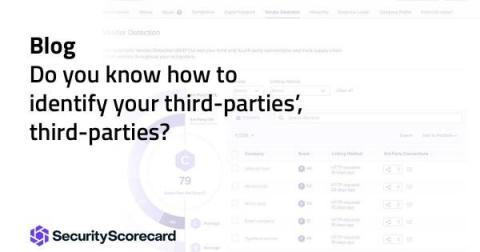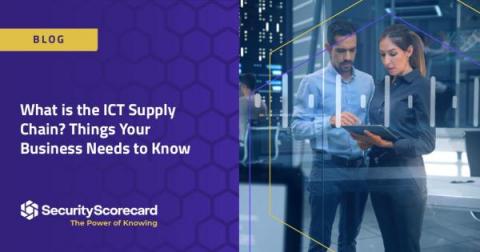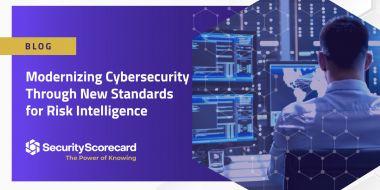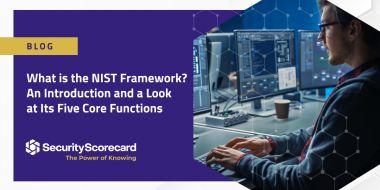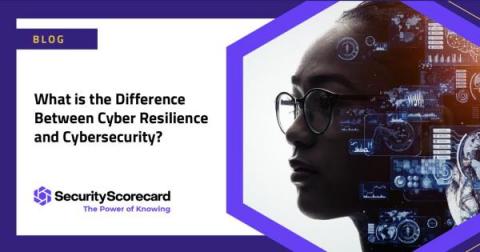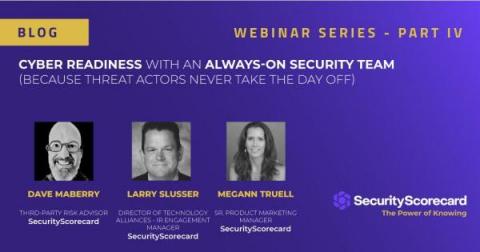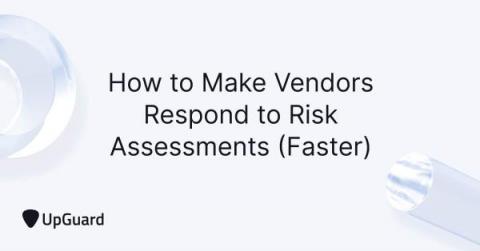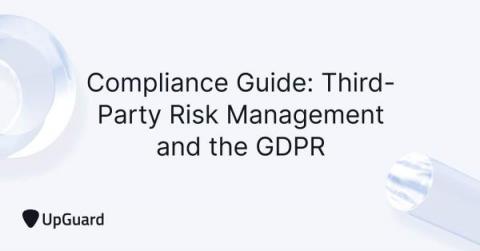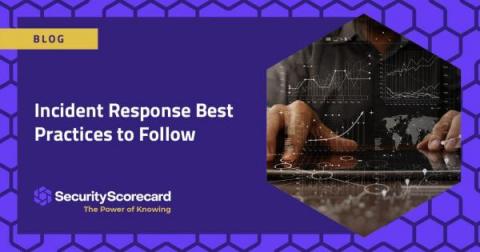Do you know how to identify your third-parties', third-parties?
It might sound confusing at first, but knowing who your third parties also rely on for their day-to-day business operations is key to building out a smarter and more informed vendor risk management program. Commonly known as fourth-party concentration risk, the ability to determine the fourth-party vendors in your digital supply chain that serve a majority of your third-party vendors can help organizations avoid potentially catastrophic supply chain risk from such a dependency.


